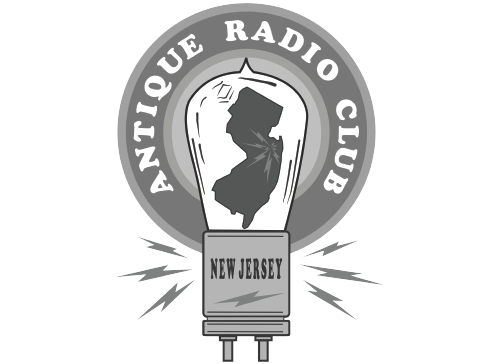Compelling Question
In what ways did 20th century broadcasting change history?
Discuss the concept of innovation through a series of photographs that depict the changes in radios and televisions in the environments where they were used or sold (1900-1970).
Download UnitThe invention of wireless telegraphy-radio-at the end of the 19th century by Marconi and others made it possible to communicate with anyone, anywhere, around the globe. It soon became apparent, however, that unlike cable telegraphy the same radio signal could be received by many people in all directions, and modern broadcast media was born. Broadcasting has had a profound effect on everything from politics to entertainment, especially in a world where anyone with a smartphone is her own broadcaster.
Background Information
This inquiry leads students through a study of mass communications by studying the history of radio and broadcasting. Today’s students have grown up with access to information for many purposes by wireless technologies, but broadcasting in the 20th century represents the first time that large groups of people great distances apart could receive information instantaneously. This inquiry encourages students to think like historians about the way they and earlier generations use and used wireless technology. The questions of innovation, use, and regulation invite students into the intellectual space that historians occupy.
In this background information section for teachers, you will find a comprehensive overview of this unit as well as content background, and historical information needed to stage the compelling question. It also provides additional source materials, which provide information not included elsewhere in this unit.
DownloadSupporting Questions
Formative Performance Tasks
Produce a PowerPoint or other slide program file showing three or more steps that demonstrate the international nature of innovation.
Featured Sources
- 2. Which individuals were most important in innovating technologies in the course of broadcast history, inventors or entrepreneurs?
Formative Performance Tasks
Provide three instances where David Sarnoff’s contributions to broadcast innovations did or did not change the course of history in a significant way.
Featured Sources
- http://users.erols.com/oldradio/ehabio.htm
- http://www.hagley.org/librarynews/sarnoff/who-was-david-sarnoff-part-i-1891-1929
- http://users.erols.com/oldradio/index.htm#W
- http://ethw.org/w/images/1/1c/Magoun.pdf
- https://worldradiohistory.com/BOOKSHELF-ARH/Rider-Books/Rider-Servicing-Superheterodynes-1934-Rider.pdf
Formative Performance Tasks
Write three paragraphs that detail with examples how innovation affects the use of broadcast technologies.
Featured Sources
Formative Performance Tasks
Develop a claim supported by evidence to show how one or several broadcasts affected a country.
Featured Sources
- https://archive.org/details/OrsonWellesMrBruns
- President Franklin Roosevelt’s Fireside Chats
- https://archive.org/details/19430218JosephGoebbelsRedeImBerlinerSportpalastZurTotalisierungDesKrieges1h44m
- http://research.calvin.edu/german-propaganda-archive/goeb36.htm
- https://web.archive.org/web/20170504030754/http:/rwandafile.com/rtlm/rtlm0131.html
Interdisciplinary & Other Source Materials
STEM Interdisciplinary – Radio Reception and Transmission: From TryEngineering, “Lesson explores the electronics behind radio, and its impact on society. Students work in teams to build and test a radio receiver and optional transmitter from either a snap or soldering kit (depending on level and age).”
View Link

